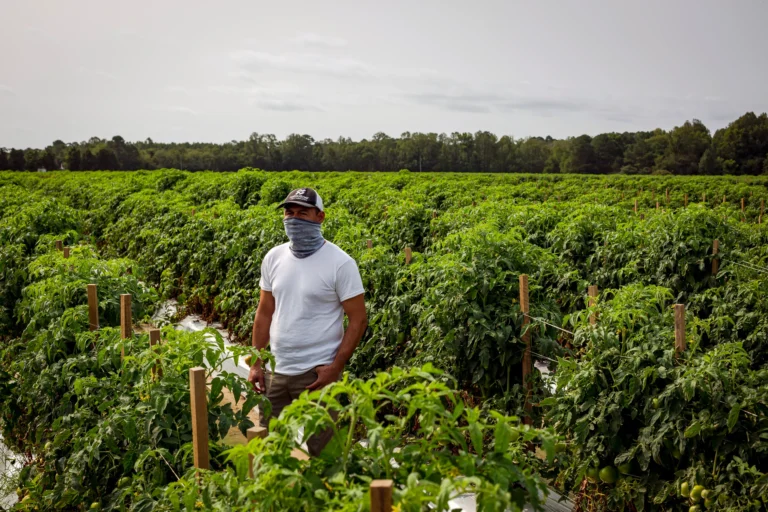Imagine a $60 billion hole in the U.S. economy.
Not from a stock market crash. Not from a real estate meltdown.
But from something far more fundamental—a collapse in the American agricultural workforce.
This is not a social debate about immigration. It’s a financial risk that touches every corner of the economy—price inflation, company profits, supply chain security, and investor portfolios.
A perfect storm is brewing at the intersection of immigration policy and economic dependence, and its epicenter is American agribusiness.
The Anatomy of a Billion-Dollar Loss
Despite cutting-edge technology, U.S. agriculture still relies on one irreplaceable input:
Labor-intensive, low-cost manual harvesting—the kind provided, in overwhelming majority, by immigrant workers.
When these workers are removed—through stricter immigration enforcement or legislative gridlock—the business model of American agriculture begins to collapse.
Let’s break down where the losses come from:
1. Direct Revenue Loss
Unharvested crops rot in the field. Seeds, fertilizer, and land still cost money—but there’s no product to sell.
Zero revenue. 100% loss.
2. Defaults & Bankruptcies
No crops = no income. Farmers can’t repay loans.
This weakens the balance sheets of rural banks and could trigger waves of defaults across the Midwest.
3. Rising Operational Costs
Scarcity of legal workers pushes labor costs up.
Profit margins, already razor-thin, are squeezed even further—putting farms out of business.
The Ripple Effect: What Happens Beyond the Farms
A $60 billion loss doesn’t stay confined to cornfields.
It spreads like a virus across the broader economy:
Grocery Price Inflation
With fewer fruits and vegetables in circulation, prices surge.
This isn’t theoretical—it’s Econ 101. Lower supply → Higher prices.
The result?
A tangible hit to consumer purchasing power.
Supply Chain Disruption
Companies that sell seeds, tractors, pesticides, and farm equipment see demand evaporate.
This affects stock prices, earnings, and jobs in industries far removed from agriculture.
Trade Balance Weakens
To meet domestic demand, the U.S. must import more food.
That hurts the trade balance—one of the economy’s key performance indicators.
The Solution: Immigration Reform as Risk Mitigation
Let’s be clear:
Solving the labor shortage isn’t an act of charity.
It’s financially rational. It’s macro risk management.
Consider programs like the:
- H-2A Visa Expansion
- Farm Workforce Modernization Act
These aren’t “nice-to-haves”—they are risk mitigation tools.
Stabilizing the Workforce = Stabilizing the Market
A legal, regulated, and predictable labor flow:
- Allows for accurate financial forecasting
- Prevents catastrophic disruptions in planting and harvesting
- Protects the ROI for both small farmers and large agribusiness firms
The cost of passing these reforms?
Negligible compared to the $60 billion at risk.
Reform or Pay the Price
The U.S. agricultural system is not broken—but it is fragile.
And its fragility lies in labor policy.
This is a warning to:
- Investors
- Economists
- Policymakers
- And the average consumer buying lettuce at $6 a head
The financial cost of inaction is real.
The gains from reform are measurable.
The United States cannot afford to treat this as a political issue.
This is an economic contingency plan waiting to be deployed.
The question isn’t whether the U.S. can afford immigration reform.
The question is whether it can afford not to.


